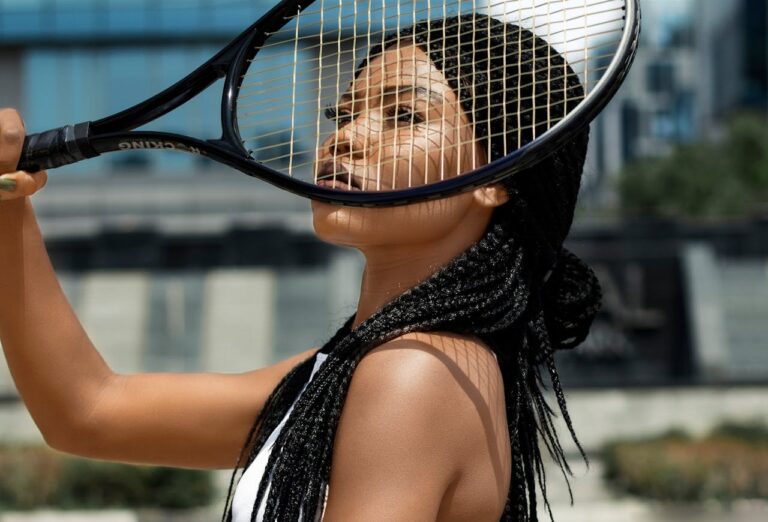Sportico recently released its annual list of the 100 highest-paid athletes in the world. The list included salaries, winnings, bonuses, and endorsement deals for athletes in a range of sports, including basketball, golf, boxing, tennis, soccer, and football. One thing noticeably missing from the list? Women. This isn’t the first time women haven’t made the list and there have never been more than three women on the list at a time since it started in 2010.
According to Forbes, the top 20 female athletes combined made less than soccer player Christiano Ronaldo, the highest-paid athlete in 2024. So let’s talk about women in sports again.
Increase in women’s sports viewership
There has been a significant increase in viewership rates for women’s sports in the past couple of years. For example, last year the women’s final game of the NCAA tournament saw an 89% increase in viewers from the previous year and surpassed the viewership of the men’s final NCAA game for the first time. In 2024, the WNBA saw a 115% increase in viewership for its championship game, and the women’s gold medal soccer match saw the most viewers of any soccer match in Olympic history.
Interest in women’s sports is expected to continue to grow, but the difference in pay could take a long time to catch up as revenue for women’s leagues is still significantly smaller than its male counterparts – the NBA made nearly 60 times more than the WNBA in 2024 despite the WNBA’s record year. However, it isn’t just salary where there’s a huge discrepancy: Sponsorships are significantly less for female athletes, who also have to rely on them more for higher pay. Sponsorship pay accounted for 71% of the income for top-earning women in 2024 and 28% for top-earning men.
That huge disparity is apparent among college athletes as well.
NIL deals and Title IX
The NIL era has been a successful time for college athletes to profit off their name, image, and likeness while participating in college sports. Despite clear social media success and multiple female college stars landing large endorsements through NIL deals, the vast majority of those deals are going to male athletes. In fact, at Texas A&M, 98% of NIL deals from 2021 to 2024 went to men’s teams. Many of these deals have been handled through collectives – booster-funded organizations that have essentially created pay-for-play deals that were illegal before the NIL era.
It is estimated that men’s football and basketball players have received 85% of collective funds, calling into question the fairness of this approach. In the last few days of the Biden administration, the U.S. Department of Education issued guidelines that suggested NIL deals were subject to Title IX, which prohibits sex-based discrimination in educational programs that receive federal funds. The guidelines were rescinded once the new administration took over, but the question of how Title IX may impact NIL in the future is still to be seen and worth paying attention to.
Is it really just about profitability?
Arguments for the current division of pay between male and female athletes consistently point to economics as an explanation – women’s sports simply aren’t as profitable, therefore female athletes receive less compensation. While we have already discussed how the issue is more nuanced than that, sometimes there are other motives at play than profit. Take, for example, women’s football (soccer) in 1920 England.
During World War I, women working in England’s factories created football teams and held charity matches – there weren’t any official women’s leagues at the time – to raise money for injured soldiers and other causes. The matches were immensely popular and in 1920 when two rival teams took the field on Boxing Day, an estimated 53,000 fans filled Goodison Park to watch.
The match not only set a record for attendance that was unmatched until the 2012 Olympics, it raised more money than any prior charity match. A business focused on profits would have taken the opportunity to create a women’s league to match the clear enthusiasm for the game. Instead, the Football Association banned women in 1921 from playing on any of their affiliated grounds, stating, the “Council felt impelled to express the strong opinion that the game of football is quite unsuitable for females and should not be encouraged.”
The ban lasted 51 years and interest in women’s football dwindled alongside the opportunity to play in large-capacity stadiums.







